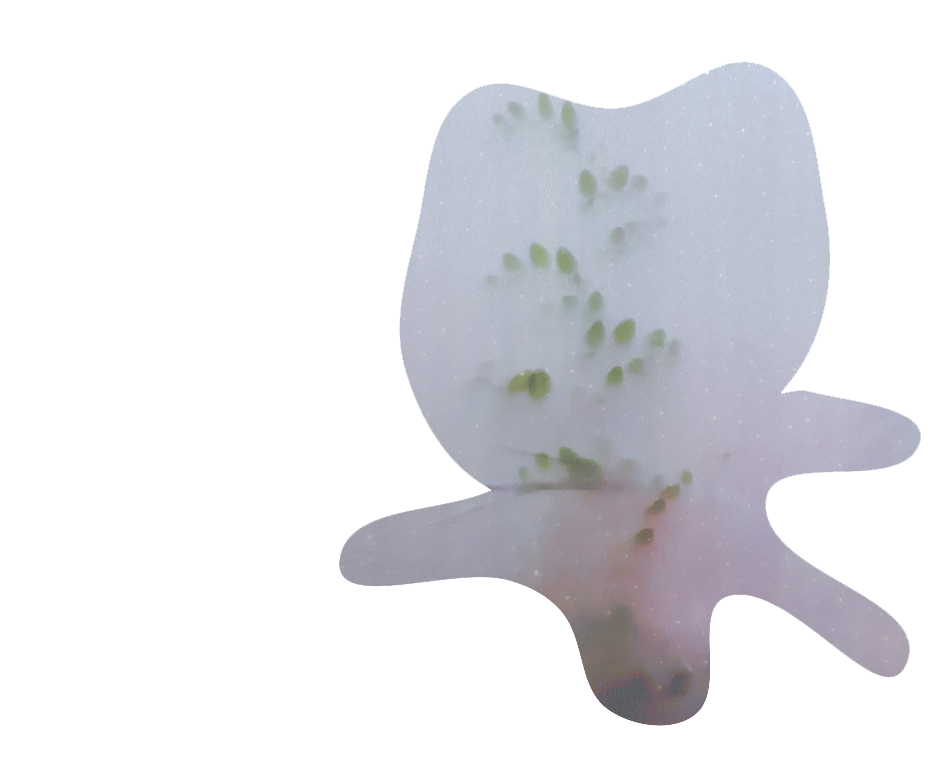
00 Introduction
A year ago, I felt a pressing need to bring together some of my activities—first and foremost, horticulture and art. What I wanted least of all was to arrive at a consumption of one by the other (most likely with horticulture being subsumed by art) or at a manifested interdisciplinarity. Rather, I dreamed of the emergence of a new, intermedial and offshooting, way of living and working.
This anchor point set before me not only content-and-concept tasks, but also tasks of praxical design and environmental tasks.
After all, what can motivate and explain a project that does not intend to redefine, reformulate, reinvent, rediscover, or approve or refute anything?
What could be the living form of the new practice? Where and under what conditions can it arise? What will it eat; what will it learn from? Which kinds of relations will benefit its development, and which not?
Is a viable collaboration between artistic and other practices (interpraxis) outside the institutional animation-resuscitation circuit even possible?
Reflecting on these questions—which could involve many more things than this attempt to bring two lifestreams together—I will talk about the program of sciaponics.
I’ll start with a story about sick plants.
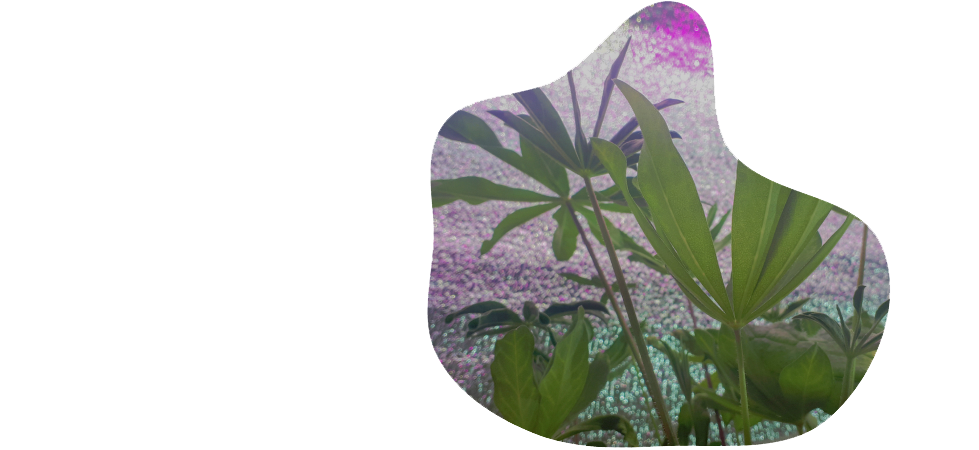
02 Motivation: the non-operational experiential
Two plants are living separately from the others; they have been placed in airtight containers. This is quarantine: the plants are afflicted by a viral infection; the others must be protected from it. But what to do with the two outcasts? Viral diseases in plants are incurable.
Let's consider possible scenarios.
* Agronomic: Destroy the diseased specimens—they no longer have value and are a threat.
* Amateur: Support their existence for as long as possible, following a sentimental attachment to your common history and a sense of responsibility to dependent organisms.
* Artistic: Redefine the concept of vegetative existence, plant individuality, photosynthetic ethics.
In my case, these three ways of thinking collided and immobilized each other, as I am involved in all of them equally. This necessitates a pause.
And yet, this pause is only in the layer of actions and thoughts about actions. In the layer where confusion, questioning, sadness, and curiosity live, there is no pause at all, just as there is no pause in the virus’s movement through the layers of plant tissue.
The operational layer is arrested, the layer of life and experience continue their course. Between the frozen and flowing layers, friction appears, giving rise to whirlpools: metabolic waves driven by nothingness. [1]
I am not authorized to tell you that the pause/whirlpool I have described is fraught with possibilities, virtualities, utopian horizons.
What I am interested in is this strange mode—which I call the shadow—as such. How can one engage with the shadow mode, live with it, discuss it? What can happen to my sick plants in this mode? How does one sow and release the shadow?
Encounters with the shadow (the displaced living pause, the non-operational experiential) happen constantly, all on their own—they can be recognized by their sound, by a certain form of trembling. We can provide such an encounter with a poetic frame and risk sharing it with each other.
But for diplomatic relations, including collective ones, something persistent and sequent is needed, one needs “practice” and “knowledge”. [2]
In my case, the shadow most visibly thickens between art and horticulture. Of course, in other places, thousands of other encounters with thousands of other shadows occur. I am currently in conversation with just this one.
If there is not enough knowledge and practice to ensure our persistent conversation, can horticulture and art—the two disciplines that shed my shadow’s habitat—share some of theirs? Can I hope for a useful interdisciplinary hybridization?
I firmly believe that the answer is no. First, contemporary art and horticulture are primarily focused on the operationally productive, the observable, the amenable to logistics. They have forgotten how to deal with pauses-whirlpools.
Second, interdisciplinarity as it is currently understood and realized requires continuous and significant inpourings of resources of various types for its functioning. Without extensive support, it comes apart at the seams. This is an inelegant economy.
The nascent shadow requires its own fragmentary, liminal-linking practice, not an abstract “interdiscipline.”
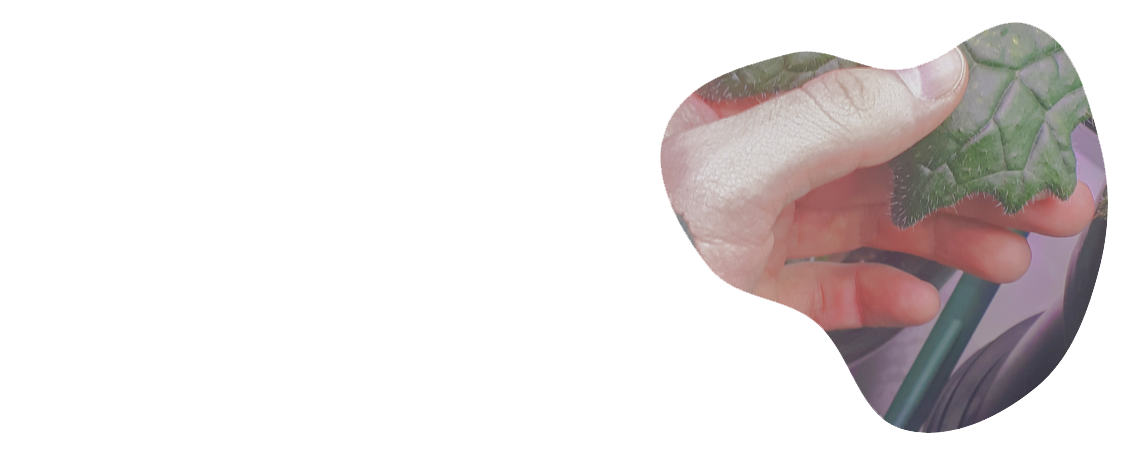
03 Design of practices: studying a successful case
Why did Bill Mollison call his undertaking not, say, “balanced-heterogenous agriculture,” but using the newly coined word “permaculture”? Why does one of the most popular books about it have the unprepossessing and mundane title A Designer’s Guide to Permaculture?
A new, unfamiliar name is a high-risk decision. It can easily fail to take root, put off, torpedo. But it can also arouse a special curiosity, reinforce recognition, flare up with charisma.
And I see another narrative dimension in Mollison’s choice. Resorting to a neologism, the author is looking for a new habitat for his undertaking. He does not seek to invest our common efforts in reforming the existing, but invites us to step off the path and find out what can be encountered and done there. The term “permaculture” is a cocoon, hinting at the possibility of a new life.
Sciaponics imitates Mollison’s move and calls itself by the funny name sciaponics. Variants: shadowculture, shadowwork.
The second question is of design. During the era in which permaculture was invented, many of the brightest minds on the planet were working on systems theories. Systems theories of systems. Theories of systems theories. One of the tasks of this work was, among other things, developing a theory of the intersystemic, intrasystemic, polysystemic, suprasystemic, etc. [3]
Mollison, having de facto also constructed a kind of polypraxic, polydisciplinary hybrid, did not bother to provide it with a holistic, carefully worked out theory and methodology. Instead, he developed a design-system: that is, a set of stable-yet-agile components and inspiring recommendations for applying and scaling them.
In the modern artistic and theoretical sphere, we are accustomed to the fact that every action, decision, statement requires a comprehensive conceptual finish, which simultaneously serves as the foundation (beginning, motive) and the roof (result, product) of the completed work.
In horticulture (as in most human occupations), the situation is different: the action is performed with some, very limited, often random, but sufficient to get going, conceptualization and tactical preparation.
If you connect these non-total ideas and action patterns, you get a design-system (that very same Designer’s Guide). Completely, it would seem, superficial—yet working, and living.
Living akin to permaculture: Unfortunately, it cannot be said that it proceeds from impeccable scientific and political premises, or has been able to come close to actualizing its own utopian perspectives. But it breathes and surprises, it keeps being practiced in certain gardens and orchards—and this is priceless.
Sciaponics is leaning towards this unglued path: a sketchily working but minimally viable creeping assembly instead of an ambitiously clear-sighted project.
After all, did not systems theory become a dead science (albeit a very entertaining one)?
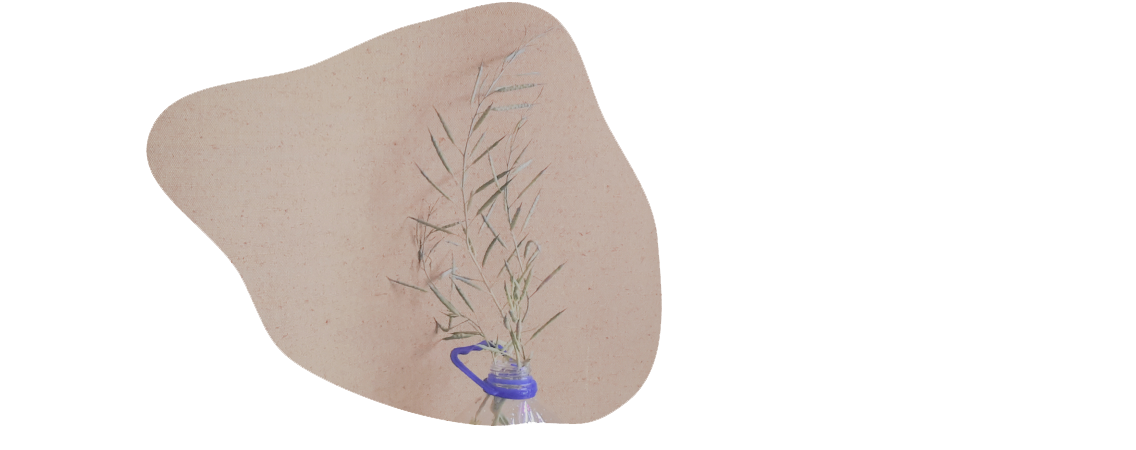
04 Framework and basket: how to steal sciaponics
Reflecting on the creeping lifeform of the new assembly-practice, I will move from the image of a design-system to the notion of a framework. [4]
In fact, a framework is very close to a design-system, but the term is more commonly used in an engineering context. Frameworks are created to simplify the life and work of humans+machines. They contain sets of ready-to-use generalized functional components, ways to adapt and customize them, and lyrical guidelines.
As a rule, frameworks do not offer anything new. Rather, they gather existing, well-established, widespread solutions, patterns, and styles — and in the course of this collection, they remove them from their native context, make them more streamlined, incorporeal, and lost. After this operation, what was extracted can be grafted within previously unfamiliar contexts and assemblies.
Sciaponics is compiled in the same way. It does not invent new things; it does not intend to change the world. It takes in separate organisms and machines, flows and scripts, feelings and thoughts, stories and dreams, methods and images—those that slip into the shadow, ready to turn into a whirlpool. Unlike real frameworks, sciaponics does not prepare the assembled components for a new round of useful work, and is ready to let them go at any moment; but, until then, it supports the living shade.
To interact with sciaponic components, with caught shadows, we ourselves, at least for a moment, must become such, we must be inside.
This sets shadowwork apart from the classic framework and brings it closer to Ursula Le Guin's universe-as-bag—another source of inspiration.
The bag and the framework are also modes of everyday, living interdisciplinarity. Miscellanea turn out to be not connected methodologically, objectively, or operationally. In fact, they turn out to be not wholly connected at all, but rather proximate, thrown into one basket, like black, round dot-embryos in a common jelly of frogspawn.
What awaits us inside this basket?
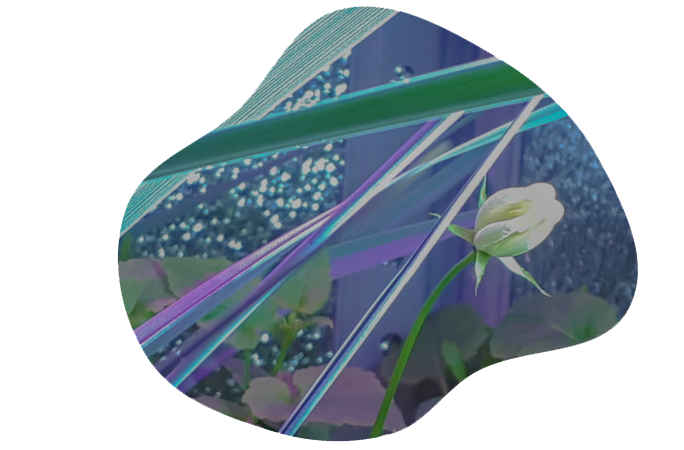
05 Metabolism of sciaponics: let’s meet and drink tea
Between the components: a shadow loop. The metabolic rule of sciaponics can be stated like so.
It means that we cannot be (become) our own shadow. But we can be a topological distortion for others, assisting in their shadowing.
In this section, I will briefly describe several types of shadowwork activities, perhaps in the hope of tempting you to participate in one of them, but also to show that structurally, sciaponics is very uncomplicated (after all, it is a framework!).
The activities described below are based on the interaction of human components, to start. Cases with other components cannot, unfortunately, be conveyed with sufficient accuracy in this particular text.
A — meetings (dates, conferences) at Tsvetochnaya st. 6 [5]
Left over from my previous professional period, the art studio is now home to plants and the machines that feed them. Plants of Baltic coastal regions and our common wastelands are adapting to life in an environment most strange to them, becoming shadowed in the process. I am myself adapting to an equally strange style of horticulture, becoming shadowed through plant behavior. Machines support us with their sound.
I invite you to this place for small meetings for tea or coffee (a distant memory: in a dacha[6] village, neighbors went to visit each other for a cup of tea at the hottest time of the day), talk about the plants, about the lighting, gossip.
Very important! Sciaponics is not a project, not a concept, not a construction. It is a shade of conversation; old and amusing teacups; the background noise of power adapters and mice in the walls; unexpectedly, in the middle of winter, the smell of rotting leaves; the strangely repulsive growth form of the ordinary tansy.
Write to: mail@forestjournal.org (Sorry, but not applicable right now: I left country and have no place to invite you)
B — sciaponic walks
They started last autumn in the gardens of New Holland island and will continue with the arrival of spring warmth [7] . During these walks, we try to involve ourselves in shadowed phytocenoses, and for this, we must first notice and hear them. New Holland was chosen for the first walk not by chance. Its carefully designed, manicured modern gardens, enclosed in the sphere of the cultural-and-tourist industry, seem to be the exact opposite of the shadow. Of course, this is not the case! Even if somewhere the shadow of a plant community is weak, it can be strengthened by a loop: by us and our walk.
Announcements of upcoming walks will invariably appear in the Essex Succulent Review. In spring, the agro-complex in Koltushi awaits us, as do the alluvial territories of Kotlin island (Patagonia), the Peter I Botanical Garden, and… more.
C — Sciaponics: The Work of Shadows
This is a long text (a book), which talks about shadowculture from within the process of assembling a sciaponic framework: a narrative that winds between sloppy research, a garden diary, and a collection of koans. The text (book) is literally a living, virulent repository of sciaponic components: incidents, questions, feelings, encounters, and so on. At present, perhaps, this is the most evocative way to immerse oneself in feeling and understanding shadowculture.
One of the chapters is available online.

06 Instead of a conclusion: two ways of nothingness
The deeper I became involved in sciaponics’ unfolding, the further I drifted from the institutional and project-based sphere of art. Not for any political, strategic, or critical reasons, but for a practical reason. The institutional system, for all its abilities and resources, does not quite have a grip on carrying certain things out. Including things that are indispensable for sciaponic work (a shade of conversation and a mouse rustling in the wall cannot be the subject of an institutional process [8]).
This pragmatic incongruity is also connected to another, deeper divergence. Shadowwork wishes to deal with foamed nothingness (nonexistence, silence)—laceworked nothingness in the hearts of myriad whirls. Sciaponics dreams of summoning dispersed nothingness as a living impetus, a playmate.
Institutions (in the broadest sense) also deal with nothingness, but they use it as a cybernetic engine of iterative regression [9]. A non-random and, of course, important configuration that starts its journey in the same place as sciaponics, but moves in a different direction and in a different way.
Realizing the inevitability of sciaponics’ estrangement from the project-institutional sphere did not cause me much grief, but I was worried that this journey could lead to a ridiculous esoteric self-isolation. How vain were the fears! It turned out that sciaponics, on the contrary, stimulates new meetings, connections, relationships—after all, it is in them that shadow loops occur.
Instead of a trend towards isolation, I clearly see: sciaponics, like many other kindred endeavors, calls for a new mutual environment that can support both an exchange of joy and non-project-based continuity.
[1] — In turning to the word whirlpool, I send a collegial and friendly hello to Zhanna Evchenko and Nikita Safonov.
[2] — In placing these words in quotations, I am striving to shadow them, to undiscursivize them.
[3] — An outstanding example is the scientific and institutional contribution of Edgar Morin.
[4] — Avoiding the word “system” at the cost of temporarily abandoning the beloved word “design.”
[5] — Flower street 6: real address, not a joke
[6] — Summer cottage
[7] — Together with “Assembly.”
[8] — Mice, of course, can be present in the institutional space, and have been present more than once, but always as a structural part of a project. Without this package, they meet with exterminators.
[9] — Cybernetic nothingness is stated as an idea by Lou Andreas-Salomé and studied by Freud in Beyond the Pleasure Principle; the latter also describes, in two strokes, a caregiving foamed nothingness.